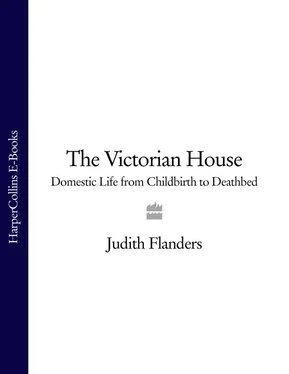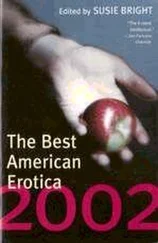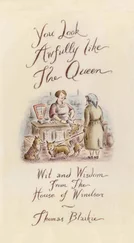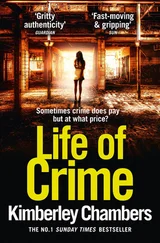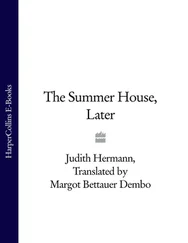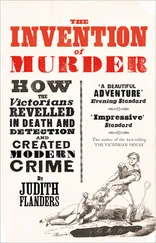The type of neighbourhood one lived in was as important as the type of house. It was important to have neighbours of equal standing, so that a social homogeneity was achieved. Thus shops and other services were confined where possible to busy main streets, and the more desirable houses were tucked in on quiet streets behind – the opposite of continental Europe, where the bigger, more imposing houses were to be found on the wider, more imposing streets. William Morris, after a trip to an outlying suburb, despaired: ‘villas and nothing but villas save a chemist’s shop and a dry public house near the station: no sign of any common people, or anything but gentlemen and servants – a beastly place to live in’. 46
The notion of home was structured in part by the importance given to privacy and retreat, and in part by the idea that conformity to social norms was an outward indication of morality. This ensured that display was vested in the choice of neighbourhood, and then in interior decoration. The outside, by contrast, was as unrevealing as the stark facade of an Arab house, turned inwards upon its courtyard. Most thought this a virtue: in 1815 Walter Scott had Guy Mannering say about a house auction, ‘It is disgusting to see the scenes of domestic society and seclusion thrown open to the gaze of the curious and the vulgar.’ 47 As late as 1866–7 Anthony Trollope in The Last Chronicle of Barset described the same feeling. Archdeacon Grantly is disappointed when his son Major Grantly wants to marry a disgraced curate’s daughter, but he is horrified when the Major puts his possessions up for auction to finance the marriage when his father cuts off his allowance. 48 That the masses should see into a gentleman’s private affairs was not to be borne.
Gustave Doré produced a series of illustrations of London life. Here the backs of suburban London houses are seen from a railway cutting in a typical view of the way these brick tentacles were spreading ever-outwards into the countryside. Note the rear extensions, which house sculleries, with their small chimneys for the coppers.
One rung down the social scale from Archdeacon Grantly and his kind were the endless rows of brick houses that stretched out to the horizon with deadening sameness. Conan Doyle situated his hero in Baker Street, right on the edge of the new developments, and he could not help describing the ‘Long lines of dull brick houses [which] were only relieved by the coarse glare and tawdry brilliancy of public-houses at the corner. Then came rows of two-storeyed villas, each with a fronting of miniature garden, and then again interminable lines of new staring brick buildings – the monster tentacles which the giant city was throwing out into the country.’ 49 Picking up on the same red-brick vista, Mr Pooter’s house in Holloway was situated in the carefully named Brickfield Terrace.
In the first half of the nineteenth century, in the inner city, houses that had earlier been the homes of the Georgian well-to-do were colonized by the new professional classes, as both homes and offices. In earlier days, living outside the city, travelling on poorly lit roads, was dangerous and, even when not dangerous, difficult, as night travel had to be regulated by the times of the full moon. (As late as 1861 Trollope had one of his characters say, ‘it turns out that we cannot get back the same night because there is no moon’.) 50 Now, with the progress of gas lighting across the country, that was one problem solved. Street-lighting was eulogized in the Westminster Review as early as 1829: ‘What has the new light of all the preachers done for the morality and order of London, compared to what had been effected by gas lighting!’ 51 With the increase in public transport it was no longer just the carriage owners who could live outside the bounds of the town and travel in to work daily. Gradually, the disadvantages of these old houses in inner London – they had no lavatories, or the lavatories had been installed long after the original building was planned and so were in inconvenient places; they were dark; the kitchens were almost unmodernizable – together with the increasing desire to separate home from work, meant that the professionals too moved to the ever expanding suburbs, and travelled in to work in what had previously been their homes. John Marshall, a surgeon living in Savile Row, just off Piccadilly in central London, in 1863 moved his family to suburban Kentish Town, on the edge of the city, after his fourth child was born: the better air and larger house made the daily trip back and forth to his consulting rooms in their old house worthwhile. 52
Mrs Panton was certain that for ‘young people’ without too much money a house ‘some little way out of London’ was the ideal. ‘Rents are less; smuts and blacks * are conspicuous by their absence; a small garden, or even a tiny conservatory … is not an impossibility; and if [the man] has to pay for his season-ticket, that is nothing in comparison with his being able to sleep in fresh air, to have a game of tennis in summer, or a friendly evening of music, chess, or games in the winter, without expense.’ 54 This idyll was everything: greenery, fresh air away from city smoke, and, most importantly, a sense of privacy – a sense that once over your own doorstep you were in your own kingdom.
It was precisely this idyll, and the consequent rejection of city life, with its allurements but also its dangers – moral as well as physical – that was the impetus for the growth of suburbia. Walter Besant, † despite his interest in living conditions for the poor, remained an urbanized homme des lettres in his condemnation of this bourgeois development: ‘The men went into town every morning and returned every evening; they had dinner; they talked a little; they went to bed … the case of the women was worse; they lost all the London life – the shops, the animation of the streets, their old circle of friends; in its place they found all the exclusiveness and class feeling of London with none of the advantages of a country town …’ However, the noted urban historian Donald Olsen has argued that Besant had misunderstood the aims and desires of suburbanites: ‘The most successful suburb was the one that possessed the highest concentration of anti-urban qualities: solitude, dullness, uniformity, social homogeneity, barely adequate public transportation, the proximity of similar neighbourhoods – remoteness, both physical and psychological, from what is mistakenly regarded as the Real World.’ 55 W. W. Clarke, the author of Suburban Homes of London, published in 1881, praised districts precisely for their seclusion, their feeling of being cut off from the world. * 57 The Builder, in 1856, suggested that all should live in the suburbs: ‘Railways and omnibuses are plentiful, and it is better, morally and physically, for the Londoner … when he has done his day’s work, to go to the country or the suburbs, where he escapes the noise and crowds and impure air of the town; and it is no small advantage to a man to have his family removed from the immediate neighbourhood of casinos, dancing saloons, and hells upon earth which I will not name.’ 58
While the fashionable (and wealthy) still colonized parts of central London, some inner neighbourhoods were becoming less desirable, and it was important for the prospective resident to take care in choosing a location. In Trollope’s The Small House at Allington, published in 1864, a couple settled in Westbourne Grove, Bayswater:
The house was quite new, and … it was acknowledged to be a quite correct locality … We know how vile is the sound of Baker Street, and how absolutely foul to the polite ear is the name of Fitzroy Square. The houses, however, in those purlieus are substantial, warm, and of good size. The house in Princess Royal Crescent was certainly not substantial, for in these days substantially-built houses do not pay. It could hardly have been warm, for, to speak the truth, it was even yet not finished throughout; and as for size, though the drawing room was a noble apartment, consisting of a section of the whole house, with a corner cut out for the staircase, it was very much cramped in its other parts, and was made like a cherub, in this respect, that it had no rear belonging to it. ‘But if you have no private fortune of your own, you cannot have everything,’ as the countess observed when Crosbie objected to the house because a closet under the kitchen stairs was to be assigned to him as his own dressing-room. 59
Читать дальше
